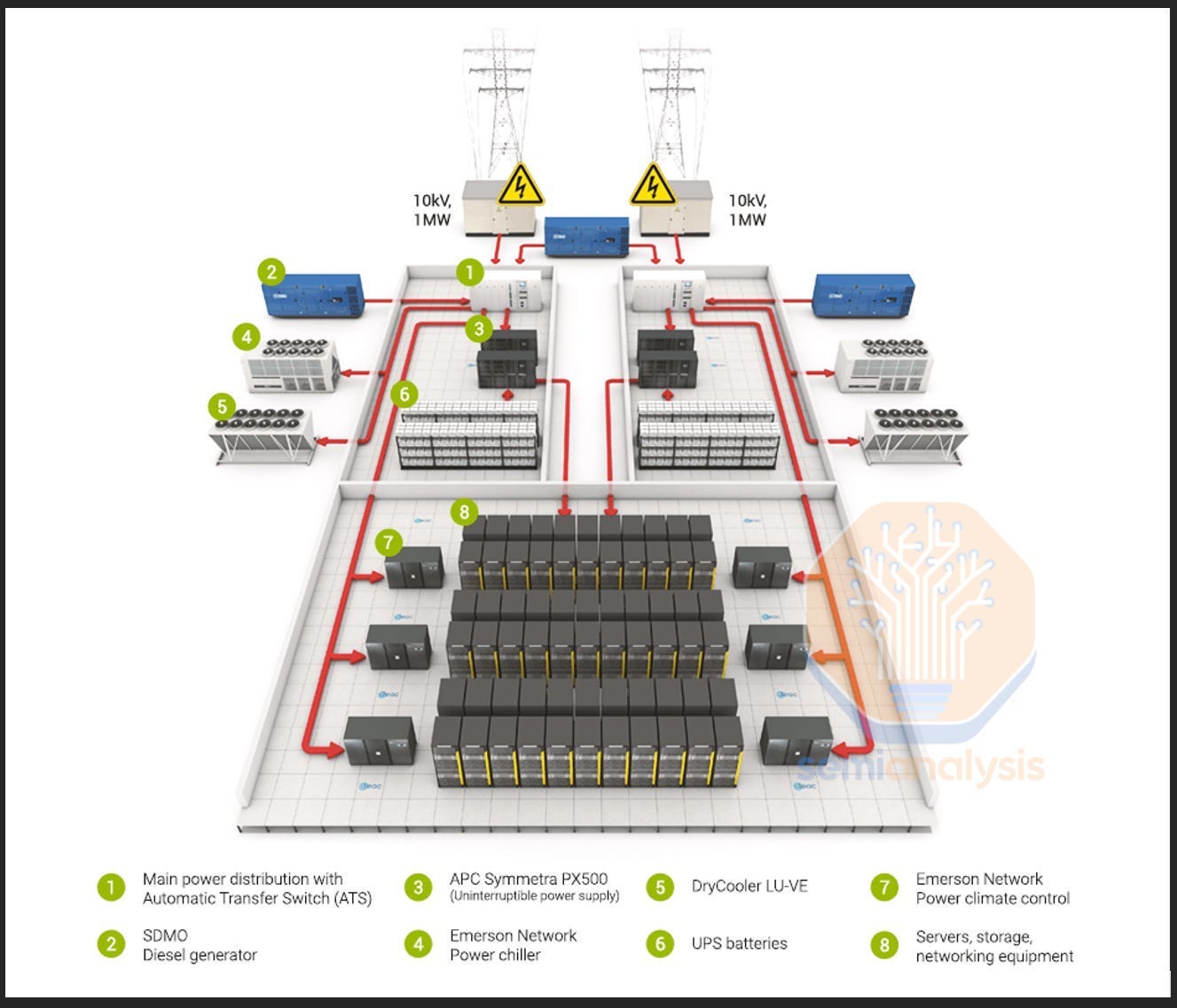Friday 5.0: Economics of Deep Tech, Datacenter Anatomy, LLM rabbit holes, AI agent tools, and a history of venture capital
A Friday scan of tech topics I'm diving into in the world of Compute/AI/Robotics, cool tools I'm using, and books for your reading- / playlist
Table of Contents:
Topics I’m Studying: Datacenter Anatomy & Commercial Models for Deep Tech
Videos to Watch: Deep dive on LLMs
Tools I’m Working With: Replit Agent for app dev
Books to Read: “VC: An American History”
Topics I’m Studying:
Data Center Anatomy (Part 1 & Part 2) I’ve become increasingly “compute-pilled” when it comes to understanding the economics and technology of data centers. Those labyrinthine systems of electrical arteries and cooling lungs that keep our digital world humming—isn't just for infrastructure nerds anymore, it's the trillion-dollar chess move that separates tomorrow's winners from the also-rans in the AI gold rush. When Meta is literally demolishing half-built datacenters and Nvidia is forcing an industry-wide pivot to liquid cooling, they're telling us something important: in a world where “compute is the new oil”, understanding the dynamics of power distribution, thermal management, and achieving those coveted 1.08 PUE values isn't just technical trivia—it's the financial and competitive leverage that will make or break empires.
What Makes Technology Research Commercially Viable? In a world where every founders dreams of building the next unicorn, hitting a 7% IRR over 10 years (worse than your grandma's index fund) isn't exactly the kind of return that gets VCs jumping out in their Patagonia vests. The commercial viability of tech research is a dance between endogenous factors (like whether you need a particle accelerator or just a MacBook) and exogenous ones (like whether regulators will let you play in their sandbox). While there's no universal "you should definitely start this company" formula, understanding these dynamics helps you avoid building something technically brilliant but commercially terrible
Videos I’m Watching
If you truly want to understand how LLMs work, there are few others to better learn from than the OG
(X). A total 3.5 hours of deep review on LLMs, explained at a level that anyone (with the patience) can understand. (You might want to watch at 1.x speed though)Tools I’m Excited about
Replit Agent
There are a lot of extremely cool coding tools popping up out there. One of the ones I’ve been playing with the most recently is Replit Agent, which does not only provide a super smooth agentic coding experience, but also takes care of all that infrastructure and hosting stuff that I really don’t have time to worry about myself
I actually made a pretty good app with Replit Agent just while in transit through the airport the other day, with a mix of speaking directly to my phone + some laptop typing
Quick intro:
Example of how to build
Referral: I’m going to keep working with Replit Agent a bit longer to see what I can build, and if you want to test it here’s a referral code that gets you started at a cheaper price than I did: Try Replit Agent
Books I’m Reading
VC: An American History, by Tom Nicholas, explores the origins and evolution of the venture capital industry in the United States. From Whaling to Silicon Valley, it’s a really cool read on how the Power Law is far from a new phenomenon, and how it has been the foundation / starting point for so much of the value creation of the previous century
About Me
Working at the interface between frontier technology and rapidly evolving business models, I work to develop the frameworks, tools, and mental models to keep up and get ahead in our Technological World.
Having trained as a robotics engineer but also worked on the business / finance side for over a decade, I seek to understand those few asymmetric developments that truly shape our world
You can also find me on X, LinkedIn or www.andreasproesch.com






